Although the company was founded only recently in 2003, it boasts a history and tradition spanning more than 120 years.
The company has been building various types of ships in Yokosuka
Going forward, the company will work to commercialize offshore wind power generation foundation structures and related ships.
Origin
1897
Established Uraga Dock Co.
After the arrival of Perry, the Edo Shogunate change the policy "forbidden building of large ships," Japan's first dry dock was built in Uraga.
No.1 dry dock, built by the Uraga Dock, was completed in 1899 and merchant ships, warships, and railway and passenger ferry were built in Uraga.
It is valuable as an existing brick dry dog and it is donated to Yokosuka City by Sumitomo Heavy Industries, Ltd. in March 2021. It is expected to be useful use as a heritage of industrial modernization.
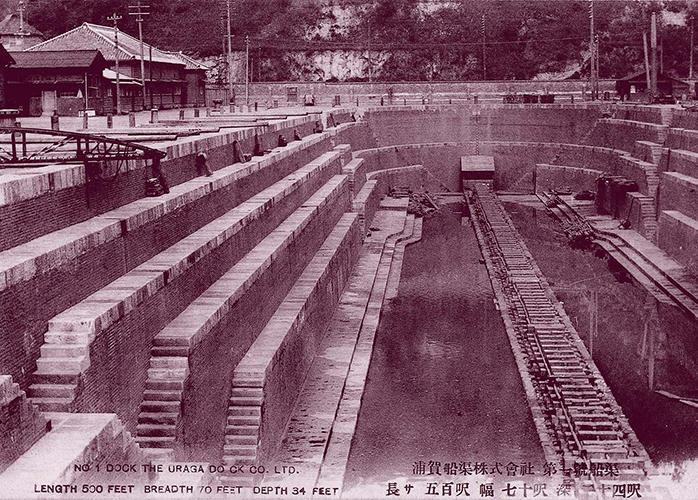
1897
Dawn
1924
Delivered the "Seikan Renraku Sen Shoho Maru".
"Shoho Maru" is the first of four vessels built as railway and passenger ferry in Japan. Uraga Dock built two vessels, one is "Shoho Maru" and another is "Hiran Maru".
Demand for both freight and passenger service on the Seikan route increased dramatically due to the shift of domestic cargo transport to railways in World War I and the increase in cargo volume due to economic expansion after the war.
In order to meet the demand, the vessel was designed and built with increasing railroad freight cars load for direct operation all over Japan and passenger transportation capacity.
On July 14, 1945, the ship sank in Aomori Port due to an air raid by U.S. aircraft and her service was finished.
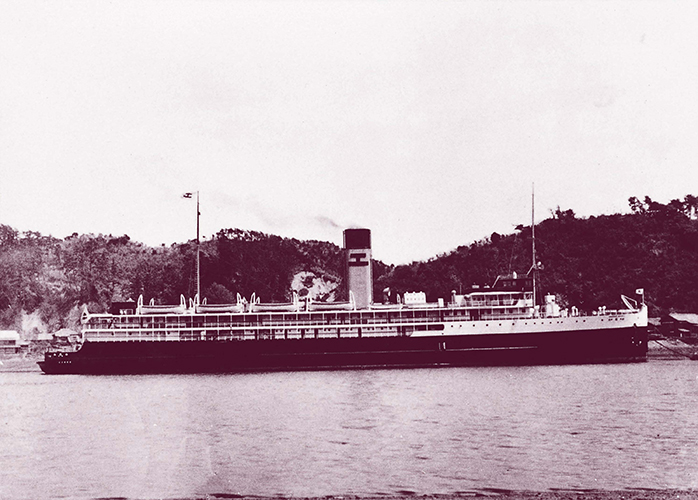
1924
1962
Merged with Tamashima Diesel Industries and changed the company name to Uraga Heavy Industries
In 1948, Tamashima Diesel Industries was established in Okayama Prefecture as a subsidiary of Uraga Dockyard and started manufacturing marine engines. This business continued until 1988 and main product was diesel engines licensed by Sulzer. As of 2020, it has been taken over by IHI Power Systems Co., Ltd..

1962
1969
Established Sumitomo Heavy Industries, Ltd.
Sumitomo Machinery Co., Ltd., which had its origins in machinery repair works at the Besshi Copper Mine, and Uraga Heavy Industries are combined into Sumitomo Heavy Industries,, a machinery and shipbuilding manufacturer.
After the establishment of the company, large-scale factories for heavy industries such as the Oshima Shipyard and Toyo Factory (currently the Saijo Factory of the Ehime Works of Sumitomo Heavy Industries,) were opened.

1969
Evolution
1971
Oppama Shipyard established (current Yokosuka Shipyard)
For build larger merchant ships in Tokyo Bay, brand new shipyard was built in Oppama in Yokosuka City, the same city as the Uraga Shipyard.
Although there were some problems such as the delay in the start of construction, the Oppama Shipyard successfully started operations and delivered the first ship built at Oppama Shipyard, named the "Pacific Maru".


1971

1984
Launch of the training sailing ship Nippon Maru
She was built as a successor to the original Nippon Maru. She was a first large-scale sailing vessel fully designed and built in Japan and is still in use as a training ship as of 2020.
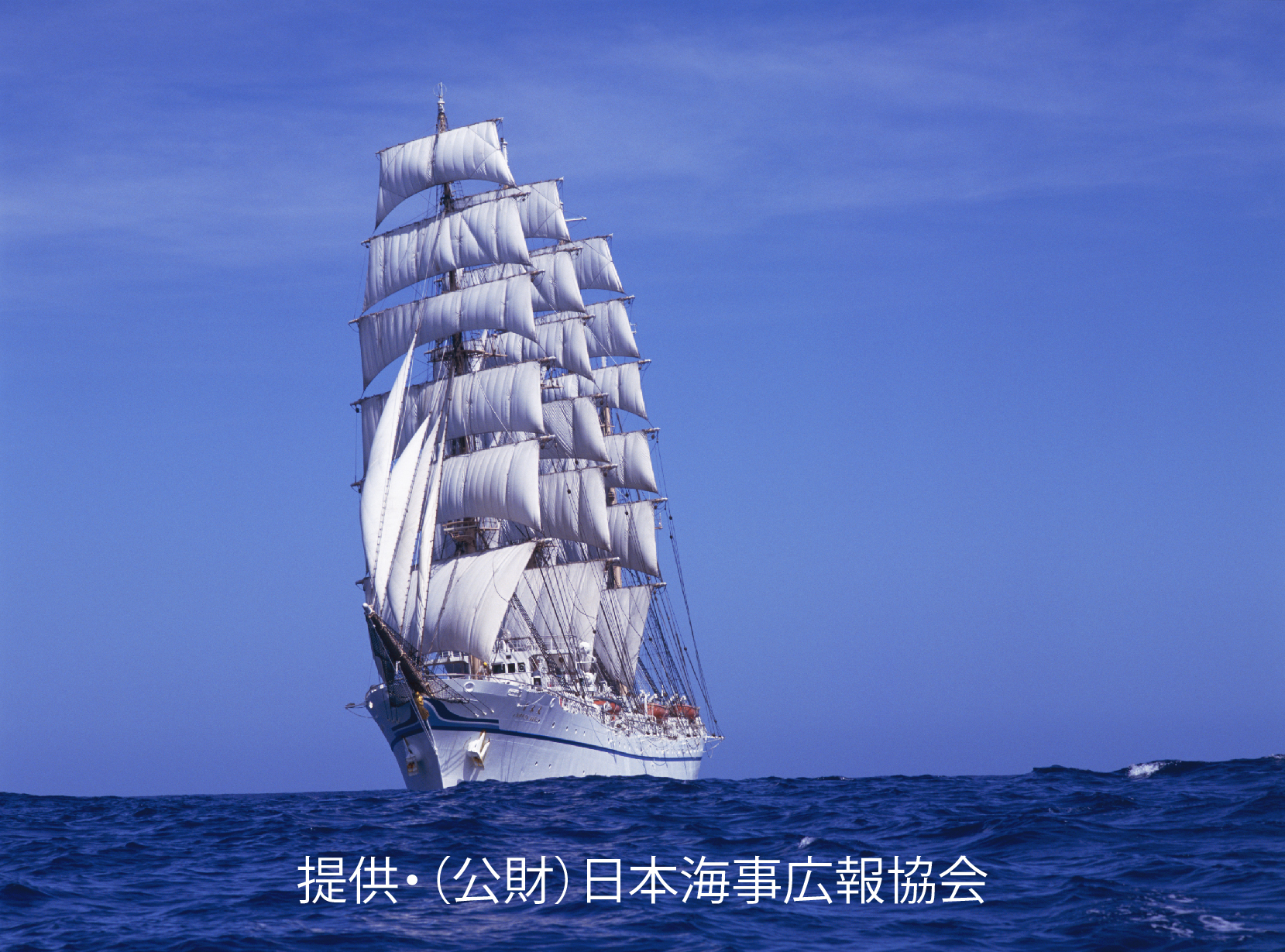
1984
1997
Launch of Practice boat "Seiun Maru"
She was built as a training ship for maritime education institutions and was the successor of the large training ship the first "Seiun Maru".
Their Imperial Highness Crown Prince and Princess, current their Imperial Majesties Emperor and Empress, were attended at launching ceremony and cut the rope.
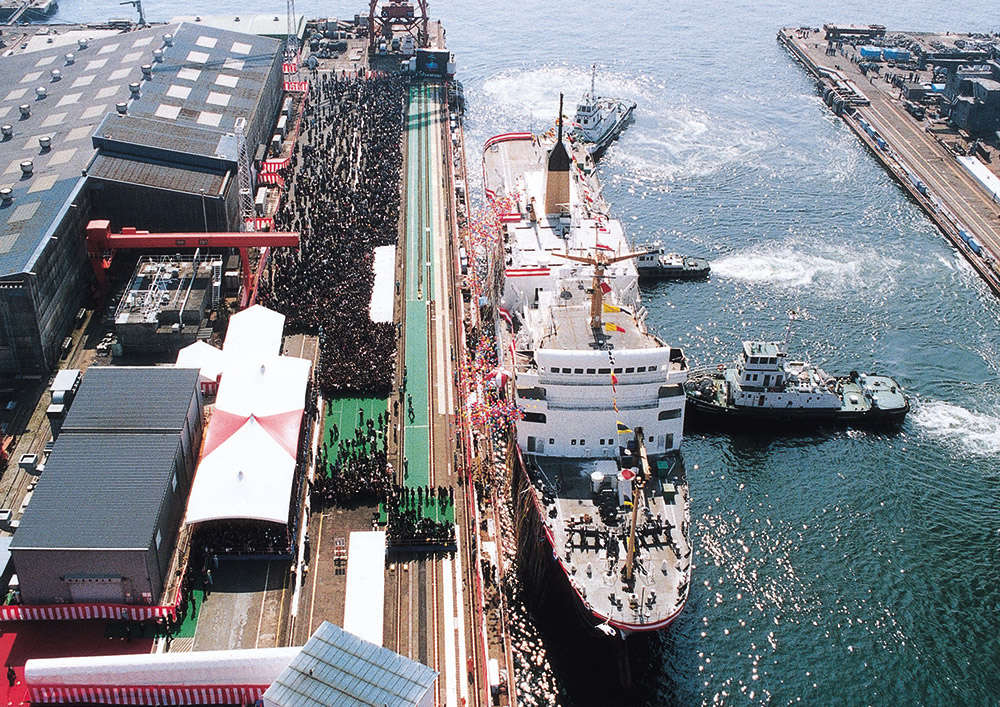
1997
2002
Ice Super 1A "M/T TEMPERA" receives Ship of the Year Award from The Society of Naval Architects of Japan
The world's first double-acting tanker (forward during normal propulsion and backward during icebreaking) allows the tanker to navigate in icy waters without a support of an icebreaker. The electric pod-type propulsion system provides high output for both forward and reverse propulsion.

2002
Current
2003
Foundation of Sumitomo Heavy Industries Marine&Engineering Co.,Ltd.
Our company is spun off from Sumitomo Heavy Industries, Ltd.
2003
2007
Headquarters moved to current location.
In line with the relocation of Sumitomo Heavy Industries' headquarters, we have also relocated our headquarters.
2007
2012
Delivery of Suezmax tanker "Karvounis"
Suezmax tanker is a ship type that is expected to grow in the future, and since there are only a limited number of shipyards that can build it, we have developed it as the second pillar of our business along with Aframax tanker.
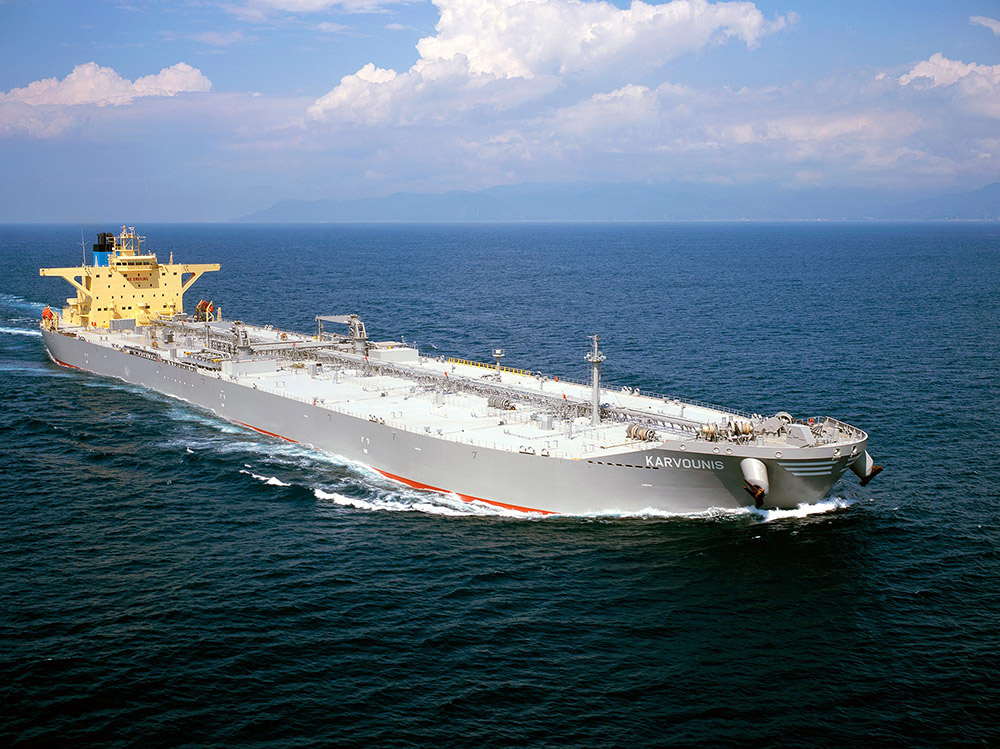
2012
2019
Delivery of Aframax tanker "Alfa Finlandia
The vessel is equipped with a denitrification system (SCR) that complies with the latest NOx (nitrogen oxide) emission regulations, and has been delivered to Lundqvist Rederierna, which is the one of our partner shipowner.
